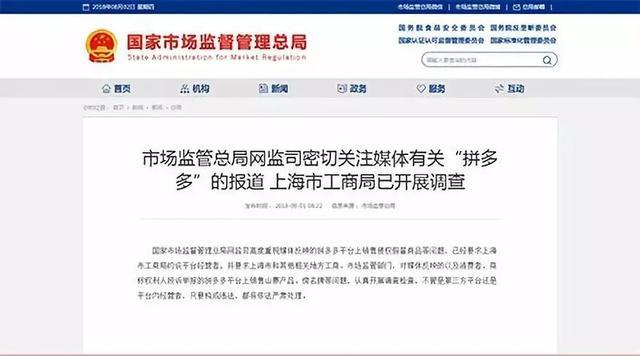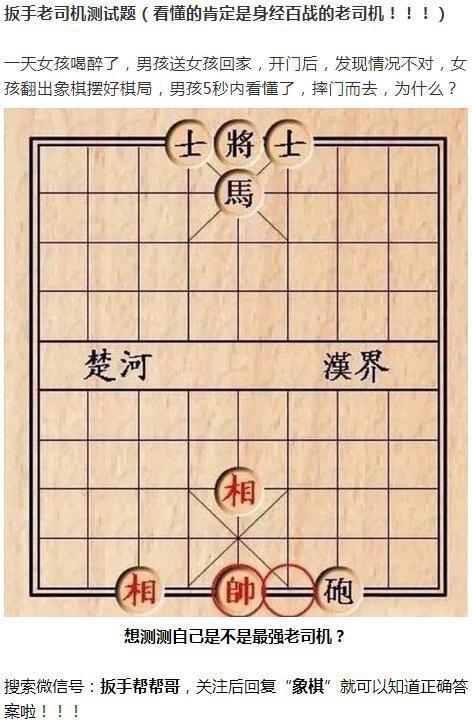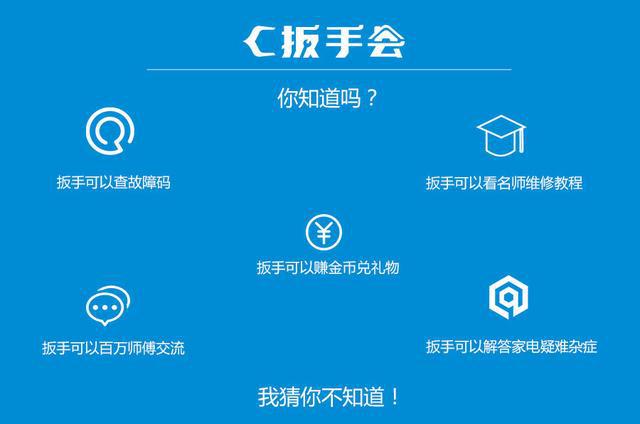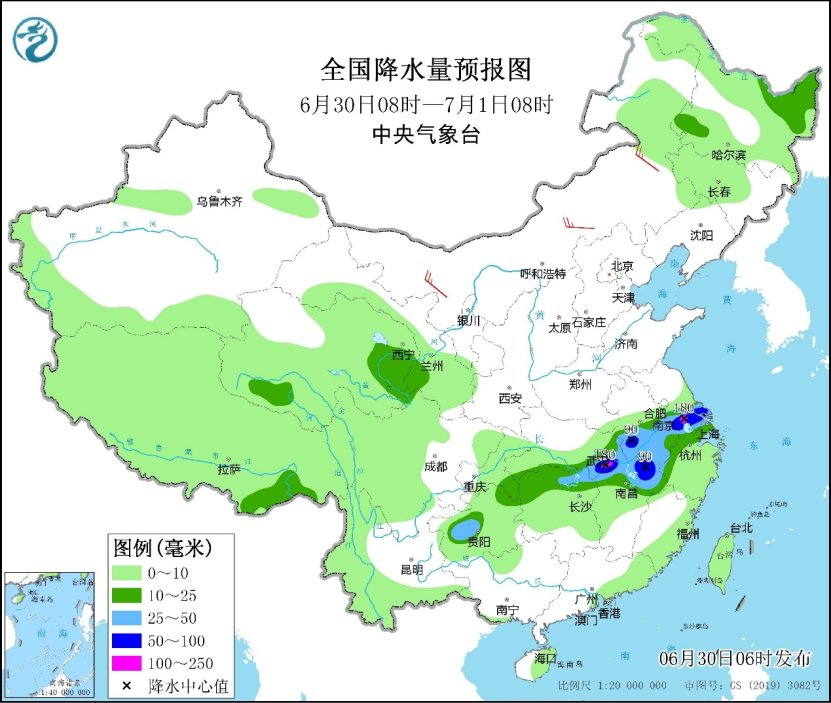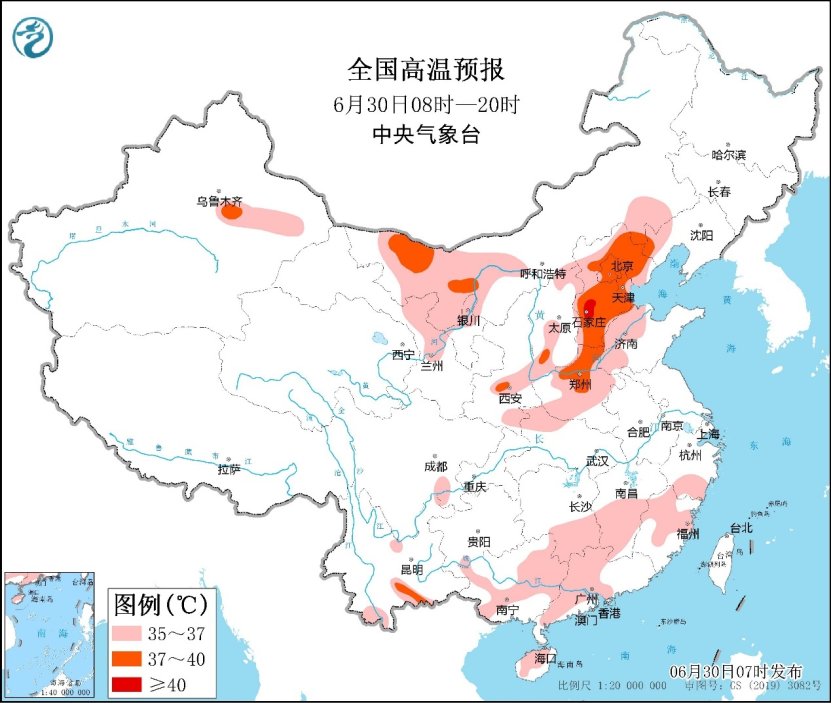More than 20 provinces and cities’ provident funds can be used for down payment. How big is the implementation space around?
At the end of 2022, the personal loan rate in Nanjing was as high as 103%.
The action of "supporting the demand for buying houses because of the city" is still going on, and the recent new provident fund policies in popular cities are particularly eye-catching.
On February 27th, Nanjing Housing Provident Fund Management Center issued "Implementation Rules on Optimizing Relevant Provisions on Withdrawing Housing Provident Fund to Pay for House Purchase in Nanjing" (hereinafter referred to as "Provident Fund Rules"), clarifying that eligible employees can use the balance of provident fund accounts to pay the down payment for house purchase.
From lowering the interest rate of provident fund loans, increasing the loan amount, supporting "business to public" to liberalizing the provident fund for down payment. Since last year, while optimizing the "four limits" and adjusting the housing commercial loan policy, various localities have gradually opened up their initiatives in provident fund. According to the statistics of the Central Finger Research Institute, since 2022, more than 200 provinces and cities (counties) have optimized the housing provident fund loan policy. Except Nanjing, more than 20 provinces and cities such as Fuzhou and Zhongshan have allowed housing provident fund to pay the down payment.
In this regard, Chen Wenjing, director of market research of the Central Finger Research Institute, told reporters that this will help to reduce the early capital turnover pressure of buyers, on the other hand, it can provide additional funds for buyers, reduce the pressure on mortgage loans that has attracted much attention at present, and further release the housing demand. However, while paying attention to the favorable policies for the property market, the industry is generally concerned about whether the relevant policies are "symptomatic", especially in cities with high loan ratios such as Nanjing, which should also consider the liquidity pressure of the provident fund.
Nanjing provident fund can be used for down payment of house purchase.
On February 2nd, the Nanjing Municipal Government mentioned in the "Several Policies and Measures for Promoting the Economic Operation in Nanjing to Take the Lead in the Overall Improvement" that in promoting the release of reasonable housing demand, it supports the withdrawal of housing provident fund to pay the down payment for house purchase, and reduces the turnover pressure of residents’ down payment funds.
Looking at the "Detailed Rules for Provident Funds" specifically, the document clearly states that employees and their spouses who have paid housing provident funds in this city (hereinafter referred to as "house purchasing employees") can sign an agreement with the development enterprise to use the balance in the individual housing provident fund account as the pre-purchase funds; If the employees who purchase the existing housing in Nanjing meet the conditions for house purchase, they can sign an agreement with the seller to use the balance in the individual housing provident fund account as the pre-purchase funds.
This also means that qualified housing workers in Nanjing can reduce the cost pressure by withdrawing the provident fund when purchasing new and second-hand houses. The new regulations will be implemented from the date of issuance and will be valid until December 31, 2023. Based on this calculation, the period for citizens to enjoy the new regulations is about 10 months.
"(The New Deal) is conducive to reducing the pressure on the early capital turnover of buyers and helping to release the housing demand. On the other hand, for buyers who are willing to reduce loan expenses, the withdrawal of provident fund also provides additional funds for buyers, increasing the proportion of down payment that can be paid. " Chen Wenjing pointed out.
Before the new provident fund policy, the frequency of Nanjing’s "policy for the city" has been high, including liberalizing the purchase restriction in some areas, providing subsidies for talents to buy houses, lowering the threshold for buying second homes, etc. In addition, the personal housing commercial loan policy has also been adjusted, which has boosted the property market significantly.
According to the data of the Central Finger Research Institute, the transaction volume of second-hand houses in Nanjing rebounded to around 6,700 sets in January, with a year-on-year increase. In February, the heat of Nanjing’s new housing market also increased significantly. As of February 28, the transaction area was 605,800 square meters, up 52.90% from the previous month and down 7.75% from the same period last year. The average transaction price was 29,492 yuan/m2, down 12.49% from the previous month and 24.39% from the same period last year.
Previously, statistics from the Bureau of Statistics showed that the sales price of new houses in Nanjing rose year-on-year in January, and the chain was changed from a downward trend to the same as last month. Although the price of second-hand housing continued to decline year-on-year, the chain has been reversed. Not only in Nanjing, but also with the support of multi-faceted policies, the national property market has shown signs of overall warming. Data from a number of third-party platforms show that the transaction volume of the property market rose sharply in February, and the year-on-year decline narrowed. Taking second-hand houses as an example, according to the statistics of Zhuge Housing Search Data Research Center, the transaction volume of second-hand houses in key 10 cities has rebounded strongly by 54% since February, with popular cities such as Hangzhou, Qingdao and Chengdu leading the way.
What is the effect of the new provident fund policy?
Nanjing is not the first city to support the withdrawal of provident fund for down payment. As early as 2022, Fuzhou, Xiamen, Zhuhai, Hainan and other cities introduced similar New Deal. According to the statistics of the Central Finger Research Institute, more than 200 provinces and cities (counties) in China have optimized the housing provident fund loan policy since last year, of which more than 20 provinces and cities have allowed the housing provident fund to pay the down payment.
In addition to supporting the withdrawal of provident fund to pay down payment, the main regulatory directions in various places include increasing the amount of provident fund loans, reducing the down payment ratio of provident fund loans, relaxing the criteria for determining the number of housing units according to the records of provident fund loans, supporting provident fund loans in different places, extending the longest loan period of provident fund, liberalizing the "business transfer to the Communist Party" or offering subsidized provident fund loans, and "one person buying a house to help the whole family".
Regarding the increase in the frequency of the new provident fund policy, Yang Kewei, deputy general manager of the Research Center of Kerui Research Center, pointed out last year that in addition to the greater flexibility in the adjustment of the provident fund loan policy, more importantly, the "four-limit" policy toolbox in many cities has gradually been hollowed out, and the demand-side regulation basically has only two options: provident fund and housing subsidy, while the latter will not only increase financial pressure, but the actual stimulus effect is very limited.
Nowadays, the adjustment space of individual housing commercial loan policy is gradually narrowing after many enlargements, especially under the background that there is a certain threshold for lowering the interest rate of the first suite, it is still an important direction to release the demand for buying houses from the housing provident fund, and the policy measures continue to diversify with the follow-up of various places. Chen Wenjing believes that in the short term, all localities will continue to combine the actual situation of their own provident fund use to "make policy according to the city", and support the cities where the provident fund pays the down payment or continue to expand.
However, compared with commercial loans with wider coverage, the effect of the new provident fund policy also varies from city to city. For example, as early as the middle of last year, Kerry Research Center found that the new provident fund policies in various cities have been implemented, but the policies in most cities such as Nanning and Jinhua have had little effect. Only after the implementation of the New Kunming Policy, the proportion of provident fund loan customers has increased.
"Judging from the implementation effect of the new provident fund policy, the actual inciting effect of the policy on the demand for housing purchase is very limited. Most typical cities reflect that only a few customers may increase their willingness to buy houses or turn to provident fund loans because of the relaxation of the provident fund policy." At that time, the reason why the effect was lower than expected was summarized. Yang Kewei pointed out that it was mainly because of the narrow scope of benefits and "medicine is not symptomatic".
How big is the execution space?
Although many cities have implemented the support of provident fund for down payment, another question worth considering is whether the individual loan rates in various places can continue to support the New Deal.
In the middle of last year, Yang Kewei predicted that Jinan, Nanchang, Kunming and other cities have ample liquidity of provident funds, and there is still room for obvious relaxation of policies. However, the liquidity of Nanjing, Dalian and other cities is already tight, and the space for loosening the provident fund policy is limited.
At the 2022 year-end summary meeting of Nanjing Housing Provident Fund Management Center held in January this year, it was mentioned that the city paid 39.093 billion yuan of housing provident fund for employees throughout the year, and the personal loan rate of housing provident fund remained at 103%. Specifically, Nanjing collected a total of 53.582 billion yuan of housing provident fund last year, achieving 107% of the annual target tasks; 28.384 billion yuan of housing provident fund loans were issued, achieving 105% of the annual target.
The so-called personal loan rate of housing provident fund is the ratio of the loan balance of individual housing provident fund to the deposit balance of provident fund. Chen Wenjing pointed out that the personal loan rate in Nanjing is over 100%, which indicates that the fund gap of the provident fund is more prominent. Withdrawing the provident fund as a down payment will further reduce the deposit balance of the provident fund, and the pressure of fund liquidity may increase.
However, Hainan recently mentioned the securitization of provident fund loan assets, or provided reference for some cities with high liquidity pressure of provident fund. According to the data of 2021 National Provident Fund Annual Report, by the end of 2021, the personal loan ratio of Hainan Provident Fund reached 91.14%, which was also at a high level. Chen Wenjing pointed out that asset securitization can improve the use efficiency of provident fund to a certain extent, expand the sources of provident fund funds, and alleviate the fund gap of provident fund loans. If it is actually implemented, it can also provide reference for other regions.
For other cities with relatively loose personal loan rates, Yang Kewei suggested that it is also possible to further "make policies according to the city" according to its own situation. For example, for cities with moderate liquidity whose personal loan ratio is less than 80% or 80% ~ 90%, you can choose to increase the amount of provident fund loans, reduce the down payment ratio, implement "accepting loans but not recognizing houses", allow loans from different places, and let go of "business to public"; For cities with tight liquidity, we can relax the loan policy of using provident fund for the first time or the first suite, temporarily not adjust more than two sets, or support young talents, families with many children and other groups to purchase houses with provident fund.




















